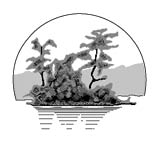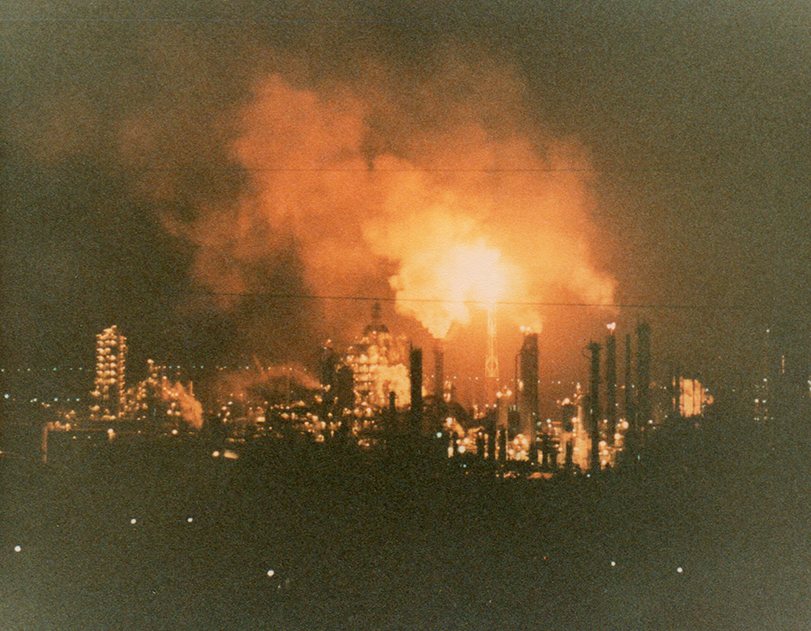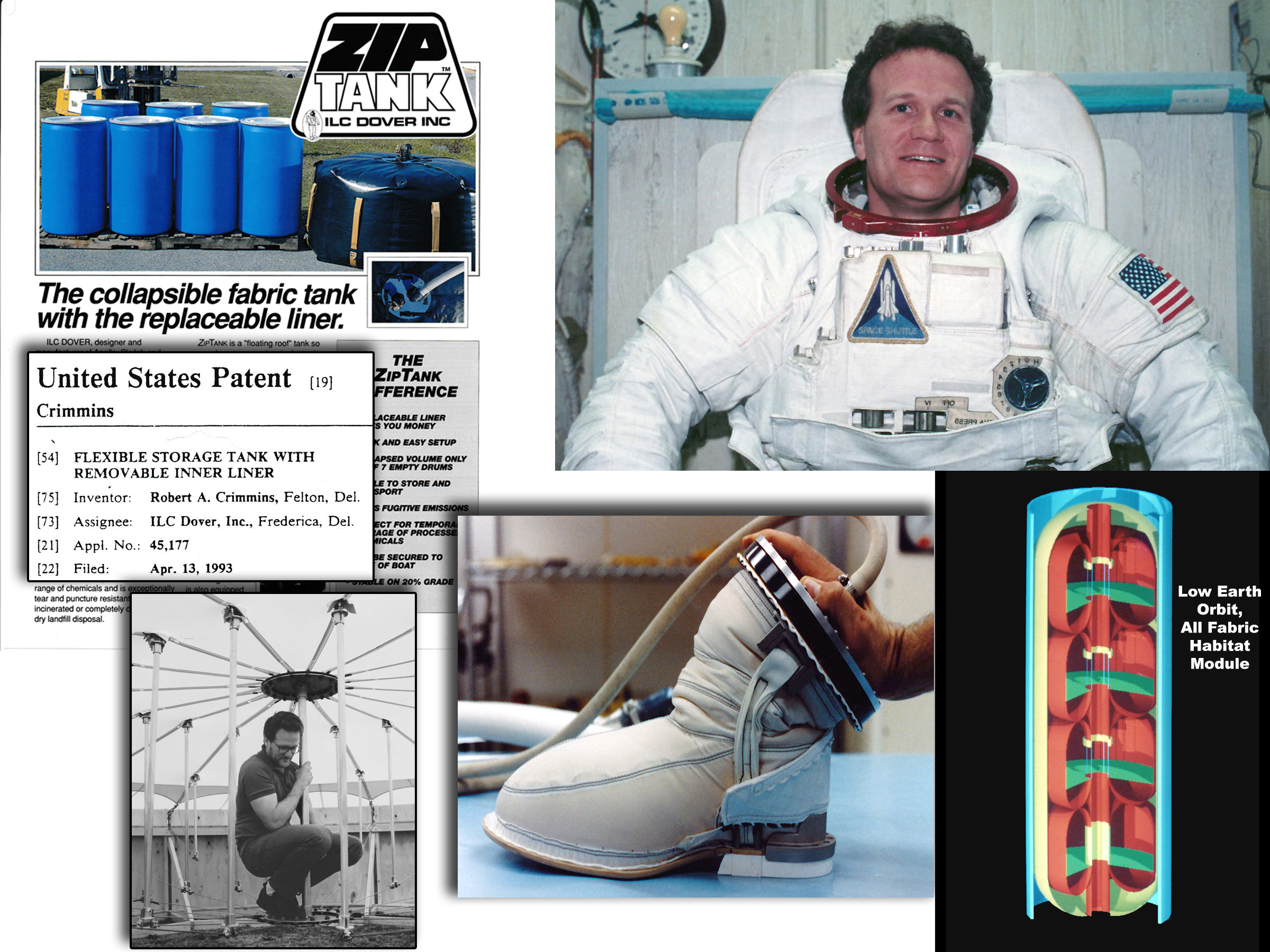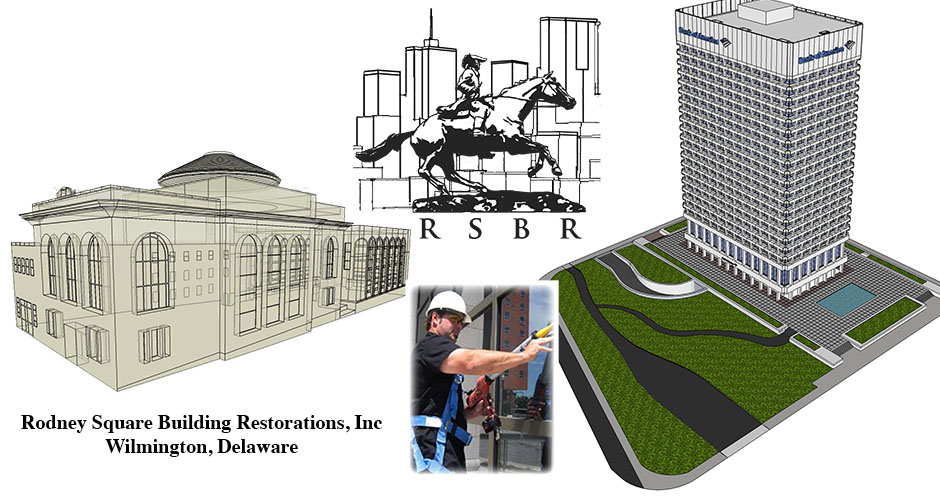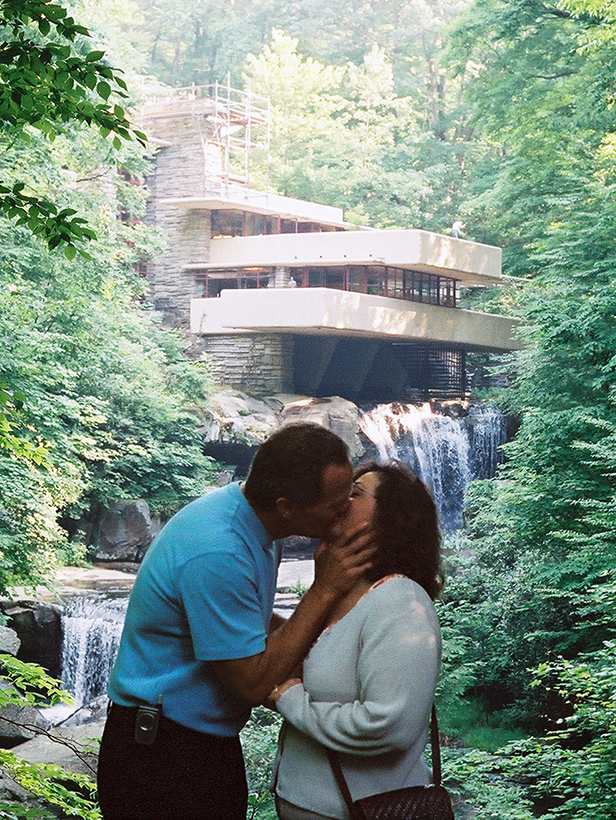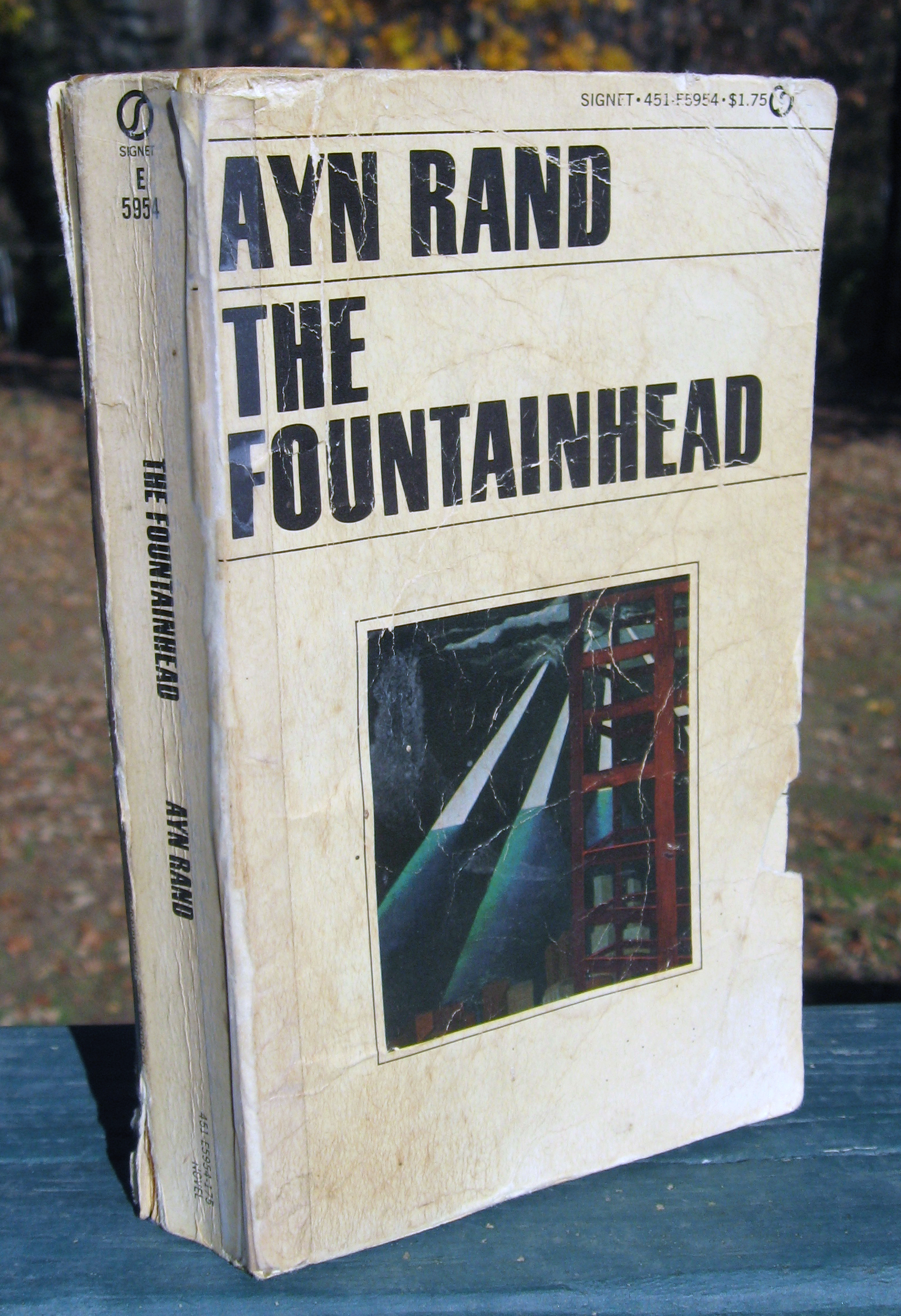Engineering and ArchitectureRob Crimmins' careers and interests in engineering and architecture
WHY ENGINEERING?
The luckiest people are the ones who know what they want to do for a living at an early age and pursue that goal from the start. It’s almost as good to follow an instinct when first looking for work and letting that innate desire be the guide in your career decisions. I’ve followed the second method and although it hasn’t led to the kind of success I hope one day to enjoy it has resulted in an interesting and reasonably fulfilling life. Engineering has always been an aspect of my identity. My interest in design and tinkering was satisfied at an early age with Tinker Toys, Erector Sets, magnifying glasses, dissections and experimentation. When I went out into the world to earn my way I did it in drafting shops and the workplaces that needed draftsmen. Drawing things and seeing those representations in real form satisfied the instinctive desire and innate ability.STEEL DETAILING WITH RPM ENGINEERING was the first such vocation. It was in a two man shop that did fabrication drawings for the structural steel in buildings. That was with a guy that I wrestled with at the University of Delaware, Pat Mulhern. His energy was incredible. We’d work all day and then he would keep going half the night if a deadline was imminent, and one usually was. I worked for Pat at his other business too, as a jump master at his parachuting center and on his demonstration skydiving team. Judi, the woman I’d marry, worked at the fabrication shop that used Pat and me the most. Pat's still a friend and we even still skydive together but because of Judi, Pat's friendship is special.
My instincts, and at times rational decisions, led to other fascinating and rewarding opportunities:
PIPING DESIGN, UTILITIES ENGINEERING AND OIL REFINERY PROJECTS WITH HENKELS & MCCOY
Judi and I lived across the street from the refinery when I worked there. It was so close, I could come home for lunch. Few places in the world have densely populated residential neighborhoods so close to such sites. Marcus Hook, Pennsylvania is unique in that respect, and others. The industrial skyline and vistas weren’t ugly to me. Because I knew what was going on in the refinery units and because I was awe struck by the productive capacity the flares lighting the night, the monstrous tanks and towers and even the noise weren’t a blight. To me they all formed an exciting and pleasing landscape.AEROSTATION (Balloons and Airships)
My father started a new company for one of his many inventions while I was with Henkels & McCoy at the refinery. HIs rather amazing creation was a hybrid airship called the Cyclocrane and although I was primarily a machinist, mechanic and rigger on that project I did some design there too. It was the start of a career in the field that would end in 1989 and resume in 2007.
COMMERCIAL BUILDING RESTORATION
After ILC I wanted to be independent so I shifted to writing and video production and it seemed that my engineering pursuits were over but I couldn't find the markets for video where we live so in 2005 I took a position as operations manager for a building restorations contractor and later, took over as president. We were a small company which meant I wore all the hats. I wrote specifications and proposals based on those specifications and that meant technical writing and process control which are activities best accomplished by an engineer. In 2011 I left the company and started a consulting business in the field. That company is JVS Building Services, LLC.MILITARY SITES AND PROGRAMS
In 2007 and 2008, I was a Senior Field Engineer in very remote “fields” in Iraq and Afghanistan. Others who did nothing that any college engineering curriculum would include had the same title but I was part of the program’s Tiger Team in Afghanistan where I designed military installations and wrote procedures that qualify as hard engineering.architecture
My first ambition was to become an astronaut. By the time I was in high school that changed and architecture became my goal. At the age of sixteen I read The Fountainhead which made me very interested in philosophy and solidified the interest in architecture as not only an art form and trade but as a pursuit that culminates in the physical embodiment of a great purpose.Frank Lloyd Wright served, although only partially, as the model for Ayn Rand’s main character in the novel, Howard Roark. If you’ve read the book or are aware of the details of the philosophy you know the purpose I’m referring too. Wright did, and he and the fictional architect, Roark, became and remain heroes of mine. Wright’s designs and approach to life and work have served as ideals for me ever since I became aware of them.
In ways that matter to me, architecture and engineering are closely related. At the intersection of those two fields with my philosophy regarding my purpose lie the reasons why I’ve worked in engineering and with the productions of architects.
To view a short animation of Frank Lloyd Wright's creation, Fallingwater, with pictures taken during our visit, click
here.
here.
krapf companies buildings 1960's 70's and 90's
Pictured are five of the landmark buildings of the scores built by Krapf companies. I worked on four of them and I spent a lot of time in the one that was built before my time, the Christiana Towers.My first job after dropping out of college the first time was in construction management with the Wilmington, Delaware builder FG Krapf and Sons in 1975. The “old man”, Fred Jr., wasn’t real old. His youngest son, Jim, had only been out of college a few years by then so Fred may have been in his fifties or sixties. Fred’s father started the company around 1917 and the son had made it one of the biggest construction firms in Delaware.
By 1975 they had built a number of landmarks including the Christiana Towers at the University of Delaware and the toll plaza and restaurant at the Interstate 95 rest stop in Newark. I worked for them as an assistant construction superintendent at Kirkbride Hall at the University of Delaware and the Life Science Building which would become McKinly Lab.
Jim was my boss and we became drinking buddies. We also made a few sky dives together when I was just beginning my long association with that sport but after leaving the Krapf family businesses in the seventies I didn’t hear from Jim until twenty years later when he searched me out and asked me to come back to work with him. At first I turned him down but he persisted and I changed my mind.
He made me a Project Manager on two buildings in Dover, the new Delaware State Police Museum and the luxury sky boxes at Dover Downs International Speedway.
By 1975 they had built a number of landmarks including the Christiana Towers at the University of Delaware and the toll plaza and restaurant at the Interstate 95 rest stop in Newark. I worked for them as an assistant construction superintendent at Kirkbride Hall at the University of Delaware and the Life Science Building which would become McKinly Lab.
Jim was my boss and we became drinking buddies. We also made a few sky dives together when I was just beginning my long association with that sport but after leaving the Krapf family businesses in the seventies I didn’t hear from Jim until twenty years later when he searched me out and asked me to come back to work with him. At first I turned him down but he persisted and I changed my mind.
He made me a Project Manager on two buildings in Dover, the new Delaware State Police Museum and the luxury sky boxes at Dover Downs International Speedway.
The two other significant experiences in the productions of architects were with
